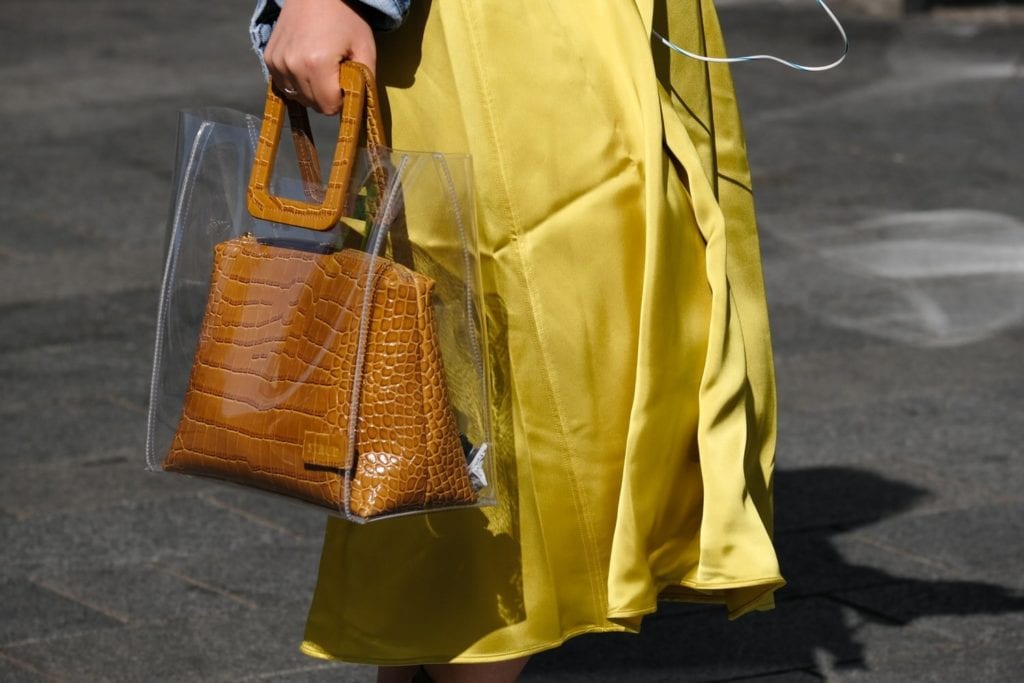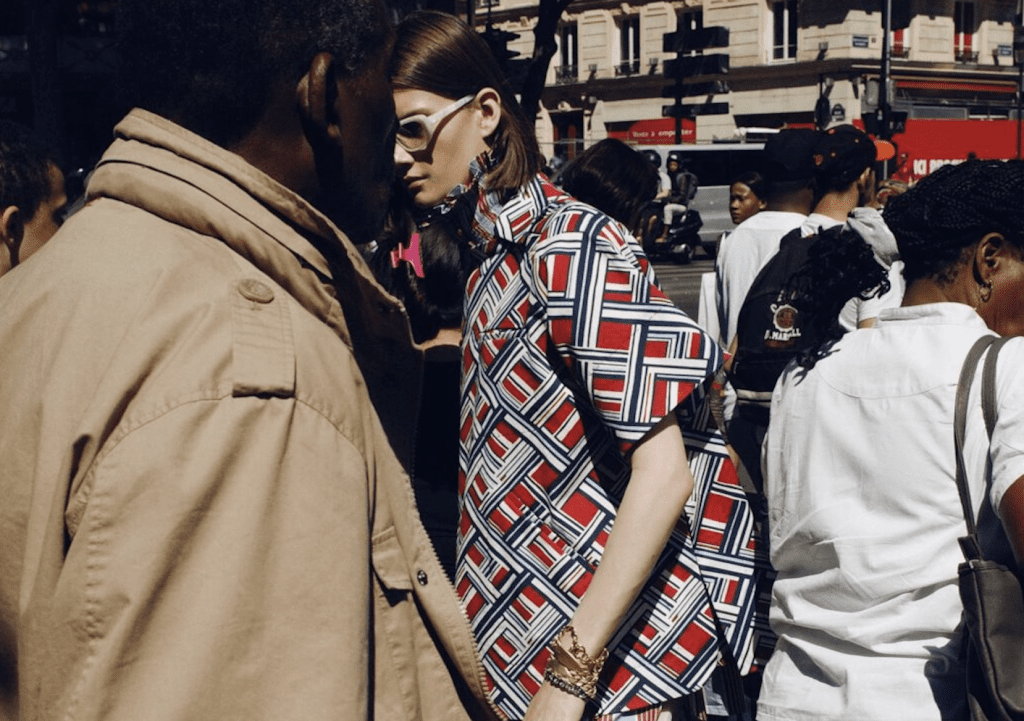Sales of new handbags were down more than 20 percent for the first eight months of this year compared to the sales figures for the same period three years ago, according to data from NPD Group. “This is clearly not a blip – it’s a major shift,” Beth Goldstein, an analyst for the New York-based market research company, stated in a note this month. NPD is not the only one noticing the drop: citing Piper Jaffray’s biannual survey, CNBC revealed that teen spending on handbags has hit an all-time low, with the average female teen spending just less than $100 per year on purses, almost half of the $197 that teens were spending on bags in 2006.
Dissecting the general drop in new handbag sales, Goldstein states that resale sites like Rebag and The Real Real – which make pre-owned luxury handbags available at a discount and with just the click of a mouse – are “increasingly reshaping the industry” for designer bags, i.e., potentially stealing some sales from the original source brands. This notion comes in contrast to resale sites’ obvious assertions that their operations are notdepriving brands of revenue, but instead, are helping to drive a circular economy that actually enables consumers to sell designer bags (and clothing) they own, and use the money they earn from cosigning them to purchase new merchandise from luxury brands.
The question of how – exactly – the growing popularity of luxury resale sites is impacting the existing market for designer bags has not been without attention. Asking “who are luxury resellers stealing market share from?” early this year, Vogue Business, for one, referenced “some evidence that luxury resellers” are, in fact, “competing against premium brands.” At the same time, the publication quoted Bain partner Federica Levato, who said that “the luxury resale market is not cannibalizing the luxury market” – due, in large part, to the fact that “customers make a clear distinction between secondhand luxury goods and new high-end items,” and thus, often do not view the latter as “a direct replacement for the other.”
Meanwhile, sky-rocketing revenues for bag-centric luxury giants – such as LVMH Moët Hennessy Louis Vuitton, whose Fashion & Leather Goods division reported sales of $15.8 billion for the first 9 months of 2019; Chanel, which brought in $11.12 billion for 2018; and Gucci’s parent company Kering, which had its most profitable year ever in 2017 – seem to add credence to the argument that resale is not putting much of a dent in the sale of luxury handbags.
Such growth in the luxury sector – which has continued despite months of trade tensions with China and protests in Hong Kong – suggests that the bulk of the resale-induced shift could be happening elsewhere within the handbag segment. In other words, resale sites may not be stealing market share from luxury brands, but instead, may be competing with the “accessible luxury” brands for consumer dollars.
As UBS analyst Jay Sole wrote in a note this month, downgrading the stock of Coach, Kate Spade and Stuart Weitzman-owner Tapestry, “Consumers increasingly have the option to purchase a new Coach bag for $400 or a used European luxury brand item for the same price [thanks to the rise in resale sites]. We think many shoppers are opting for the latter choice.”
Add to this the fact that, as Goldstein points out, consumption patterns and consumer preferences are changing, making the halcyon days of “it” bags – when handbags, such as Louis Vuitton Speedys, YSL Muse bags, Fendi Spy bags, and Celine’s Luggage Totes, etc., “were enough to drive the market as a whole” – appear to be little more than a distant memory for most brands.
This is in part because “a logo isn’t enough anymore,” she says, and in that vein, “consumers are making much more calculated purchasing decisions than in the past,” with their priorities shifting away from handbags – and certainly, “it” bags – and towards “products that provide convenience at home, media entertainment, wellness, and the new fashion status symbols – active apparel and footwear.”
Interestingly, Goldstein further asserts that the chipping away of spending on handbags can be linked to a growing mentality in which “consumers expect a lot from the products they are buying, [including] function and versatility.” And she says that “the luxury market is not immune to these pressures.”
While this may be true for middle-market wares and even some high-end products, it certainly stands in contrast with how the luxury sector has long operated. As Ian Rogers, the former Apple executive who joined Paris-based luxury good conglomerate LVMH Moët Hennessy Louis Vuitton as its chief digital officer in 2015, told Wired late last year, “When you’re selling luxury, you’re not selling a product.”
“No one is buying a Dior handbag for €3,000 because of its incredible utility,” he continued. “You’re buying it because the culture of Dior has meaning.”











